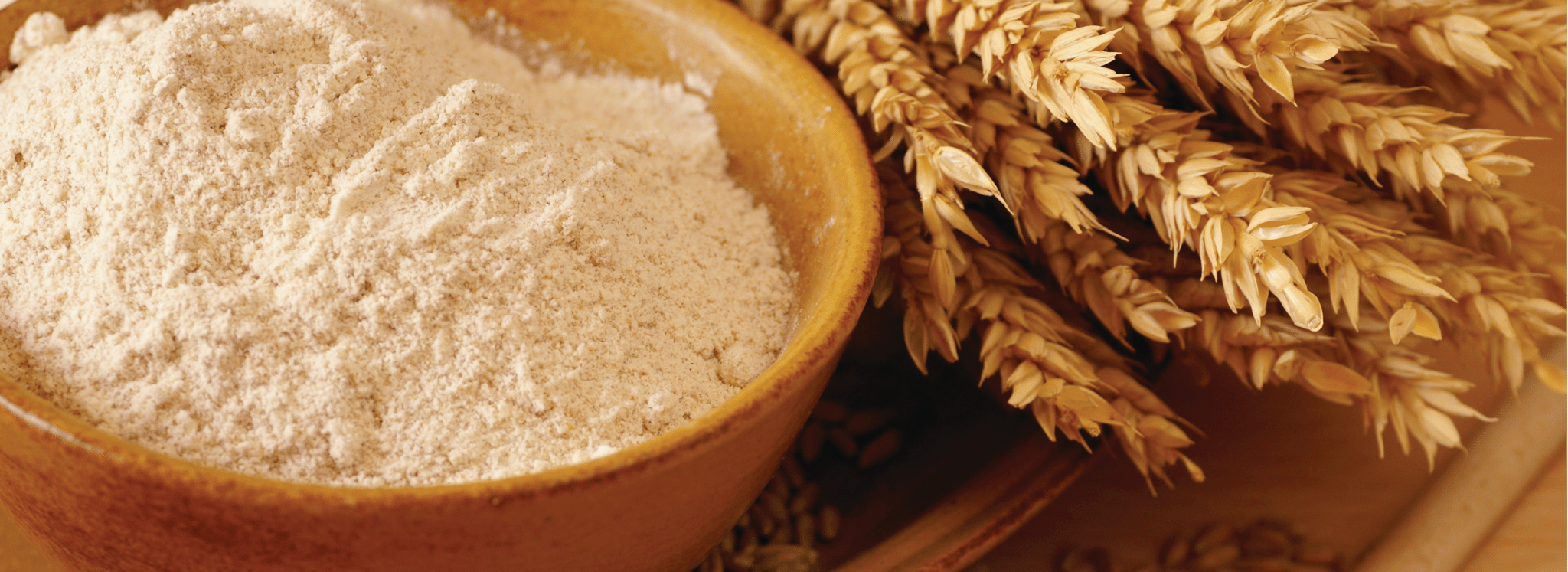National Milling Company of Guyana (NAMILCO) hosted its first “Noodle Seminar” on July 2 at the Cara Lodge Hotel in South Cummingsburg, Georgetown. Local chow mein manufacturers and restaurant owners attended the seminar aimed at enhancing participants’ knowledge of raw materials, noodle classifications as well as equipment layout and designs, all things to help exceed their customers’ expectations.
Bert Sukhai, managing director of NAMILCO, opened the seminar and thanked the participants for attending as well as the presenters for making it possible. He also reminded participants that the business world is dynamic and they should not wait for others to change the market or follow others. Instead, we should be the pioneers of change and maintain our reputation as producers of the best chow mein in the region and for the diaspora.
 Dr.Gary G. Hou, a consultant for the non-profit U.S. Wheat Associates and a researcher currently working on whole wheat products then lead a presentation on wheat and flour quality characteristics, Asian noodle classification and formulation and functions of raw material. Marcelo Mitre, also with U.S. Wheat Associates, joined Dr. Hou for the presentation.
Dr.Gary G. Hou, a consultant for the non-profit U.S. Wheat Associates and a researcher currently working on whole wheat products then lead a presentation on wheat and flour quality characteristics, Asian noodle classification and formulation and functions of raw material. Marcelo Mitre, also with U.S. Wheat Associates, joined Dr. Hou for the presentation.
Dr. Hou explained the importance of understanding the supplier chain, citing the example that millers want to understand characteristics of wheat and where they are grown. Similarly, noodle manufacturers want to understand flours and how they are milled. Then he covered the following topics in the one day seminar:
- Nutritional content of wheat and the effect bran contamination has on the color of noodles
- Dr. Hou explained that most of the protein and some of the important vitamins is in the bran layer, so millers need to compensate for losses by enriching white flour.
- However, the polyphenol oxidase present in the bran can contaminate the flour, resulting in dark noodle products.
- He also mentioned that color is an important factor and that manufacturers should request short patent flour, which is low in ash, or use an alkaline such as sodium hydroxide to inhibit the enzyme.
- The functional properties of the other components such as starch and proteins
- Dr. Hou pointed out the positive correlation between sprouted wheats and high amylase activity, along with the negative impact it can have on the noodle and its process.
- He also inferred that higher falling numbers or low damaged starch content is needed for uniformity in texture and color.
Throughout the day, participants learned about the importance of different equipment at the mill and/or in the laboratories to conduct basic tests on flour and noodles. Some of the equipment discussed includeda moisture oven, an ash oven, a falling number machine, Near Infra Red machine, Farinograph, Konica Minolta Colorimeter, Texture Analyser, just to name a few.
In addition to learning about the functional properties of the flour and different equipment used to analyze flour, participants also learned about the processes required for noodle classes, the type of salt used by countries to process noodles and some of the techniques required in processing noodles for different marketing conditions.
Using a flow diagram, Dr. Hou illustrated the different processes needed for certain noodles. For example, fresh noodles do not need to be parboiled or oiled as is required for wet noodles or in cases for instant noodles, which has to be waved, steamed and fried for quick cooking.
At the end of the day, participants were engaged in open discussions about the changing market and how to access information. Some were even interested in knowing whether U.S. Wheat Associates provided training on site and consult for private companies. Participants from NAMILCO also learned more about what can be expected from noodle manufacturers and some of the protein specifications needed for types of noodles.
In his closing remarks, Sukhai thanked all participants for being part of the seminar and distributed certificates of participation to all the attendees.
